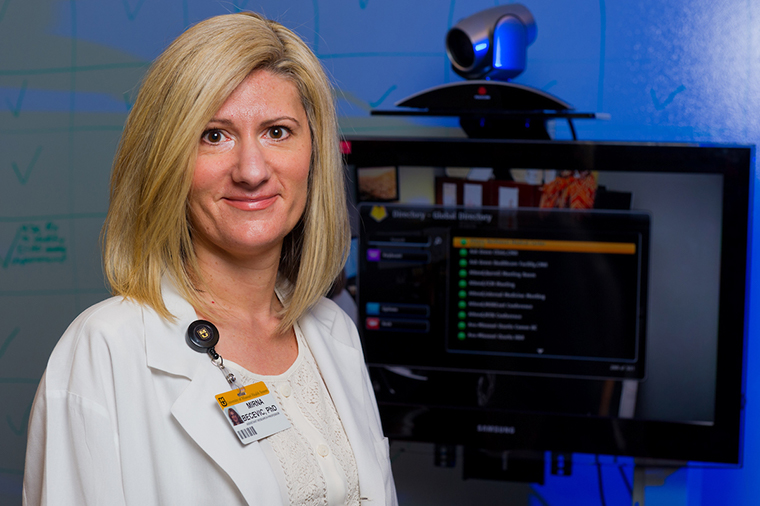
The American Academy of Child and Adolescent Psychiatry estimates that as many as one in five children in the United States have behavioral health issues. However, of these children, only 20 percent receive mental health services.
Of those 20 percent, approximately half end treatment prematurely because of issues such as lack of access, lack of transportation and financial constraints. In rural states such as Missouri where almost 40 percent of the population lives outside urban areas, children usually have even less access to timely psychiatric care. Now, a study by the University of Missouri School of Medicine shows that video-based mental health services are bridging the gap by providing care to underserved areas.
“One of the biggest health care issues we as a nation face is a physician shortage in pediatric and adolescent behavioral health,” said Mirna Becevic, PhD, an assistant research professor of telemedicine at the MU School of Medicine and lead author of the study. “The Council on Graduate Medical Education, a committee of the Department of Health and Human Services, advised in 1990 of the anticipated need for 30,000 child and adolescent psychiatrists by the year 2000. However, today only about 8,300 physicians specialize in child and adolescent psychiatry. This shortage not only affects youth in rural locations, but children in all underserved areas.”
Becevic’s team conducted the study to better understand where and how patients seek psychiatric services through MU’s Missouri Telehealth Network. They analyzed data from July 2013 to May 2014 and calculated the distance between each patient and the nearest child and adolescent psychiatrist.
The researchers found that 179 patients from 19 ZIP codes, mostly in rural areas, made 662 appointments for psychiatric services using the Missouri Telehealth Network. The average patient age was 16.
“Not surprisingly, the majority of Missouri physicians are located in urban areas along Interstate 70,” Becevic said. “Although there are child and adolescent psychiatrists in other areas of the state, many rural counties have none.”
Researchers identified 13 physicians specializing in child and adolescent psychiatry in Kansas City, 24 in Columbia and 42 in St. Louis. Another 42 child and adolescent psychiatry physicians were based in other parts of the state. Without tele-psychiatry, the average distance a patient would have had to travel for care was 22.2 miles. The furthest distance would have been more than 300 miles.
The study of access to psychiatric services was limited to the extent that researchers only analyzed appointments made through the Missouri Telehealth Network.
“Our findings indicate that there is limited access to child and adolescent psychiatric services in our state,” Becevic said. “More important, our study illustrates how remote populations have severe barriers to access. The mental health shortage, especially in rural areas, is not a new discovery. However, this study highlights the severity of the need for mental health services in our state, especially for children and adolescents.”
Becevic said that future studies will include specific diagnoses by location, as well as the extent of psychiatry use from other telemedicine sources.
The study, “Are There Other Options?: Child and Adolescent Telepsychiatry Services for Rural Populations,” recently was published in The Journal of Health Management. Research reported in this publication was supported by the MU School of Medicine and the Missouri Telehealth Network. The researchers have no conflicts of interest to declare related to this study.





